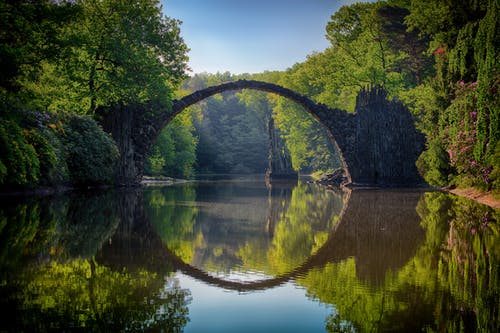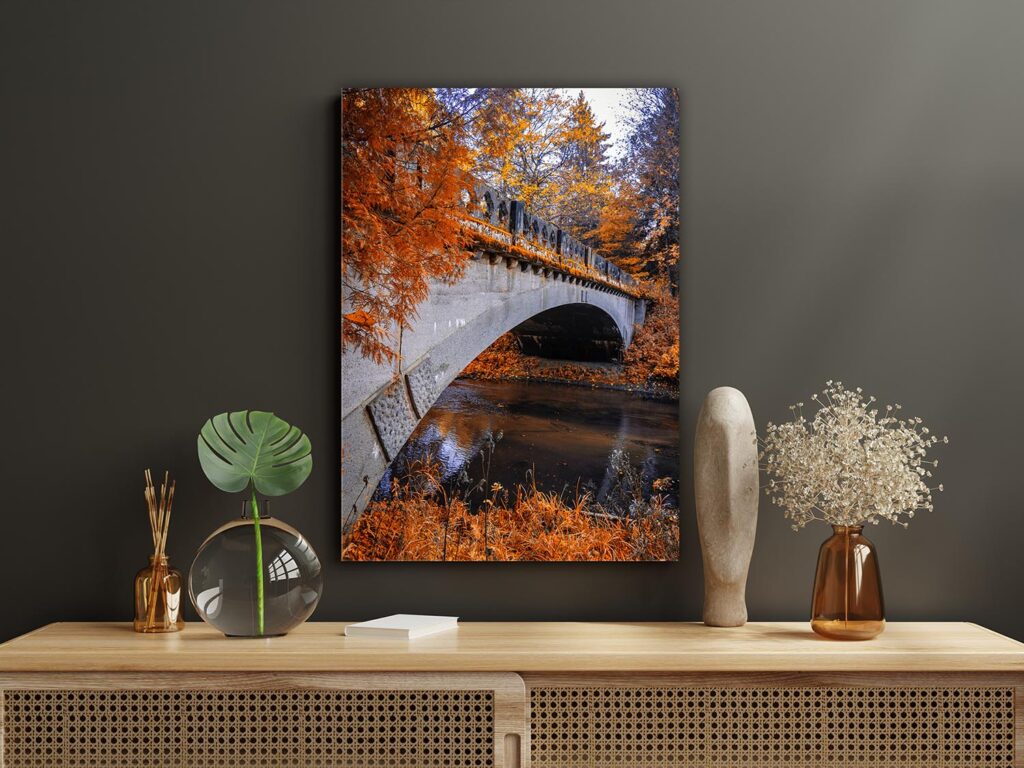
7 Travel photography tips to help you capture amazing shots on your next trip!
Travel photography tips.
Traveling offers us the opportunity to experience new places and cultures. Still, it can also lead to unexpected photographic challenges, especially when we aren’t familiar with our surroundings and need access to standard photographic equipment.
Still, getting great shots on your next trip is possible, no matter where you are or what kind of camera equipment you bring! Here are seven travel photography tips to help you capture amazing shots on your next trip!
Use a tripod.
Use a tripod: This is the number one tip that I have. A tripod is the easiest way to get crisp, clear, and detailed pictures by eliminating camera shake and blur. The best part about a tripod is that it can also be used for self-portraits. Taking great selfies when you don’t have a tripod is more difficult because the phone will often move in ways that create blurry images.
For this reason, many professional photographers use a smartphone and a tripod to take their portrait shots, so they have different options depending on the best situation.

Invest in a good camera.
I’m a photographer and a traveler, so I know how hard it is to take great photos when you’re away from home.
You don’t want the quality of your images to suffer just because of an unfamiliar camera or a subpar lens. The most important thing is to invest in a good camera and ensure it has good specs for photos and videos.
Other accessories are worth investing in, like a photo printer or some photo prints on glass. These will come in handy when you need high-quality photographic images quickly.
Get a zoom lens
Use a zoom lens for taking photos. A zoom lens allows you to take close-ups of distant objects without getting closer physically. This is useful when showing a person or entity in the foreground while still including a beautiful background. It can also be helpful when photographing nature and wildlife subjects too far away for a standard focal length lens.
The downside of using a zoom lens is that it is more complex than a standard focal length lens because it magnifies the image, which can distort the edges of the frame if not correctly handled by the photographer. A photographer may need an assistant or tripod if they want sharp, clear images with consistent framing and lighting throughout their shoot.

Use natural light
Natural light is the best, so set up a time for sunrise and sunset. You can also use natural light by visiting museums, zoos, and gardens that are open during the day. If those options don’t work, use a window or a door as your natural light source for taking photos indoors. If no windows or doors are available, find an artificial light source like a lamp or flashlight.
Finally, if all else fails and you cannot find good lighting in any environment, try using camera settings like Flash or HDR that will compensate for the lack of natural light.
Shoot in RAW format.
Shoot in RAW format. This will allow you to use more colors and adjust the settings later when editing. It’s also great if there is a large difference in light between the foreground and background. The RAW format takes up more space, so ensure you have enough room on your memory card or computer storage before shooting in RAW.
If you’re using Photoshop, it may give you an error message if the file size exceeds 100 MB. In this case, export your files to a different format (such as JPEG) before opening them in Photoshop.
Start taking photos with these seven travel photography tips for capturing fantastic shots on your next adventure:
- Shoot in RAW format.
- Use manual exposure settings.
- Consider bringing filters with you.
- Bring extra batteries and chargers.
- Bring a tripod or monopod.
- Carry some snacks with you at all times.
- Plan!
Take advantage of the golden hour
Time of day is one of the most important things to take advantage of when shooting. Golden hour, when the sun is at its highest and casting a warm glow over everything, can be an excellent time for beautiful photographs.
Make sure not only that you’re shooting during this time but also know how to use it as an advantage. For example, if your subject is standing in front of a building and the sun is shining onto their face, shoot with the light behind them so they’re not squinting into the camera. Ensure you’re shooting with a tripod or some other stabilizer so that nothing blurs out from movement – especially if it’s windy or raining outside.
Don’t be afraid to experiment.
Don’t be afraid to experiment. One of the best things about traveling is being able to do new and different things, so take advantage of it by trying a new type of photography or camera lens.
Check out some online photo tutorials for inspiration before you go, and when in doubt, wing it! You never know what might happen if you don’t try.
What if you traveled to Paris but got no good photos because you didn’t feel like carrying around a heavy DSLR with lenses? Or what if you had an excellent experience at that one spot that’s unique and didn’t get any pictures because you were using the wrong settings? When in doubt, wing it!
Author Profile

Latest entries
- August 19, 2024Photo PrintsHow to Clean Glass Pictures: Keep Your Memories Sparkling
- August 19, 2024Photo PrintsThe Best Photo Cameras of 2024
- August 19, 2024Photo PrintsAPG Graphics: The Only Company That Laminates Photos on Glass in the USA
- August 19, 2024Photo PrintsThe Best Online Photo Printing Services for 2024
